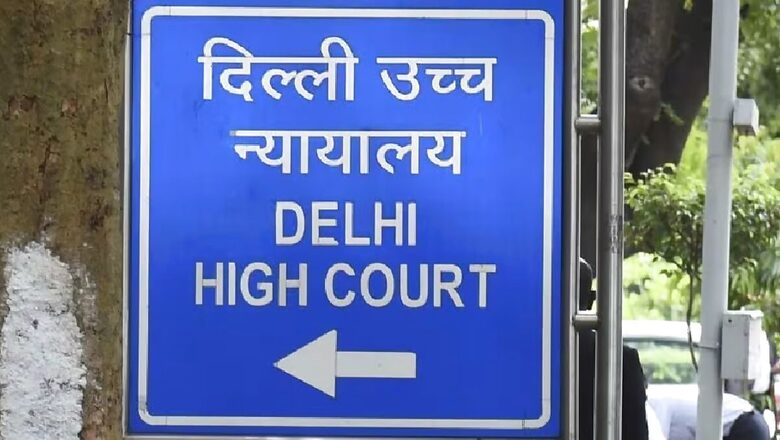
views
The Delhi High Court has said schools are bound by the outcome of the computerised draw of lots conducted by the Directorate of Education (DoE) for admission of students under the economically weaker section (EWS) category. Justice C Hari Shankar observed that the computerised draw of lots is conducted on the basis of the class strength communicated by the schools themselves and in the absence of the requisite number of students in the general category, a school has to apply to the DoE for sizing down the number of EWS students and cannot simply detract from the results of the draw.
The court’s order came on a petition filed by a student seeking admission in the pre-primary class in a private school following a successful computerised draw of lots conducted by the DoE. The school refused to admit the petitioner on the ground that the actual number of admissions against the general category was less than the figure that was communicated to the DoE and it had already admitted 25 per cent of the actual number of admissions against the general category under the EWS category according to a legal mandate.
“Once a school communicates the number of general category and EWS seats available with it for being filled in an ensuing academic year to the DoE and the DoE, on that basis, conducts a computerised draw of lots, the school is bound to admit the EWS students who are, on the basis of the said computerised draw of lots, found eligible for admission to its portals,” the court said in the recent order. “The school cannot then turn around and say that as the actual number of general category students, which it could ultimately admit, was less than the strength of general category seats communicated by it to the DoE, there should be a proportionate reduction in the number of EWS students, which it can admit for that year, and, on that basis, reject to admit students who, on the basis of the data provided by the school itself, have been shortlisted for admission,” the court said.
It added that in the present case, a computerised draw of lots was conducted on the basis of the number of seats communicated by the school for the 2023-24 academic session and the petitioner is, therefore, undoubtedly entitled to the relief of admission. In the absence of any “revisitation” of the number of seats by the DoE, the school would be bound by the outcome of the computerised draw of lots, it said.
“The petitioner would be entitled to be imparted education by the school as an EWS candidate in accordance with the provisions of the Right to Education Act and the various circulars, guidelines and other instructions issued by the DoE in that regard,” the court said.




















Comments
0 comment